Search
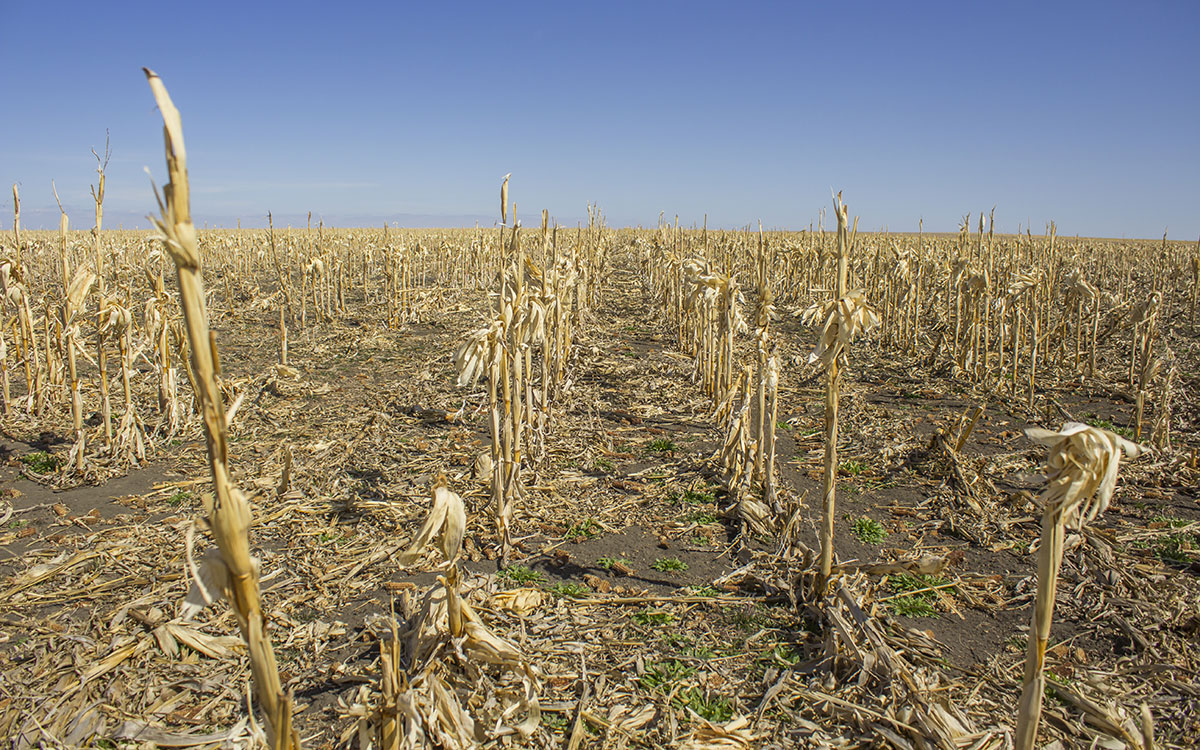
Watch Temperature Forecast Before a Burndown Herbicide Application
As planting season approaches, no-till fields will likely need a burndown herbicide application to manage the established winter annual and early emerging summer annual weeds.
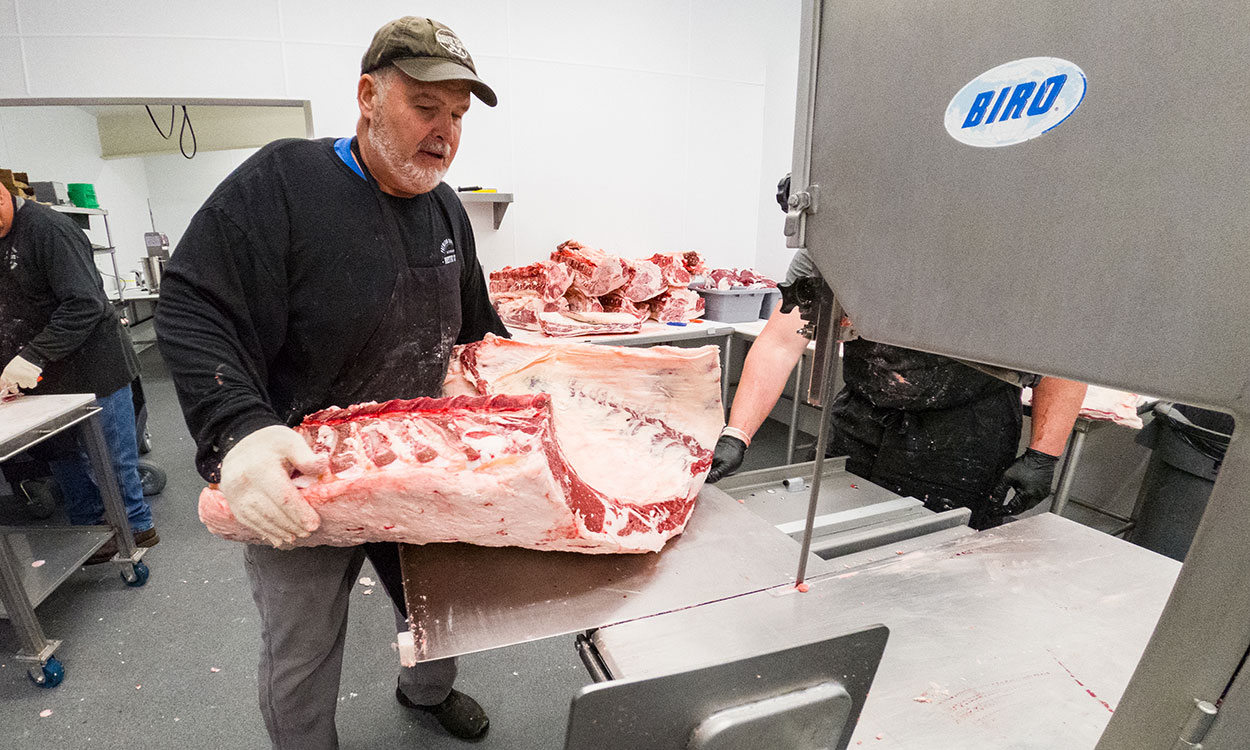
Butcher's Guide to Red Meat
The purpose of this guide is to serve as an educational resource to help bridge the knowledge gap between livestock producers, meat processors, and consumers to aid in furthering processor education and to serve as a resource to reference when answering consumer questions.

Leadership for Today - Effective Group Communication
Within a given day, human beings rely on the ability to communicate as a means of transferring information. Whether we speak, listen, write notes or letters, email, or text message, the process of communicating thoughts, ideas, and feelings is something we find to be important but typically give little thought to.
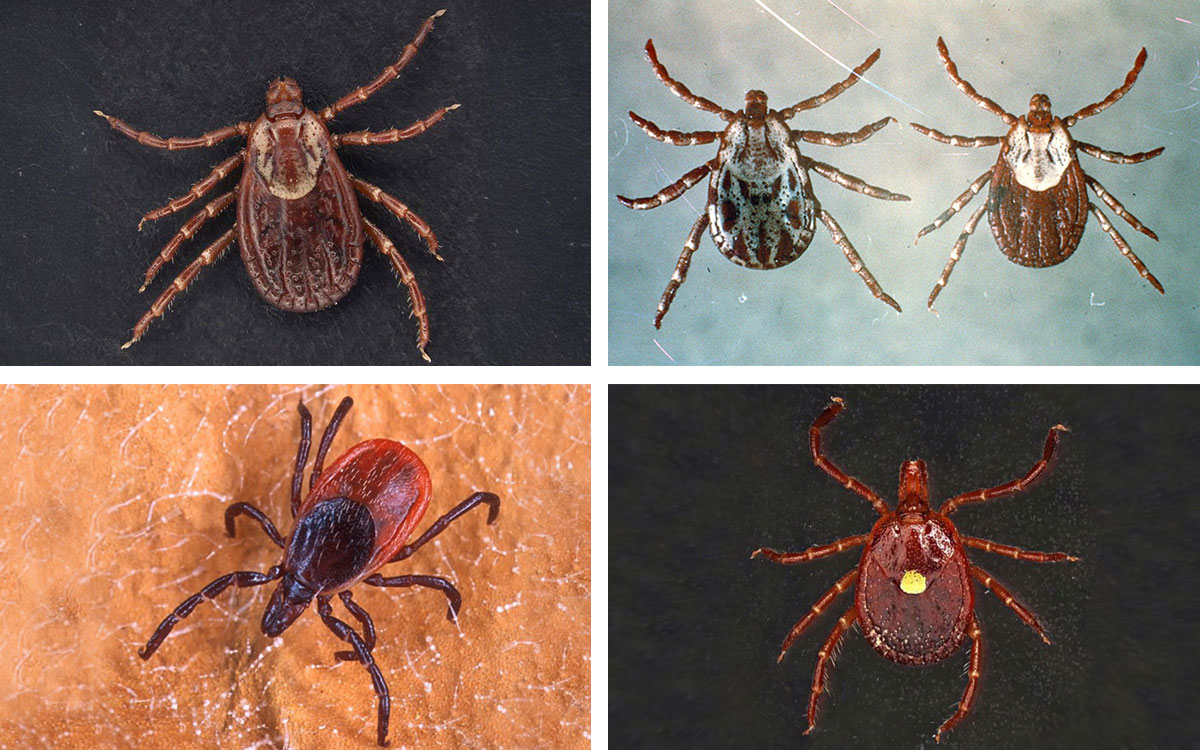
Spring is here, and so are the ticks!
As spring continues to bloom, more arthropods will begin to emerge from winter dormancy. Ticks are among the first to appear, and statewide reports have already been flowing in.

Leadership for Today - Managing Conflict Within Groups
The human relationship is a complex and dynamic interaction. As living creatures, we need and crave the opportunity to interact with other humans by speaking, listening, and spending time with them. Most of this interaction tends to be mutual and cordial. Yet, at times, the interaction can be laced with tension and discord. If left alone, the tension can lead to conflict that may damage the relationship or even become volatile.
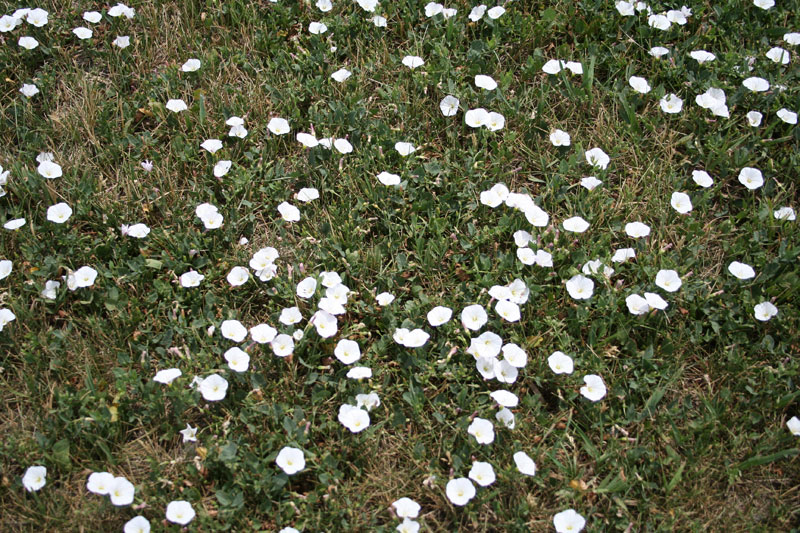
Lawn Weed Control
Cultural weed control practices must be included in weed management programs to optimize control and inhibit re-infestation. A healthy, dense turf cover is the best overall defense against weed invasion. Some common cultural weed control practices include planting the most adapted turfgrass species for your environment (i.e. shade, full sun, or hot, dry conditions), maintaining a mowing height of 2.5–3.5 inches, watering deeply but less frequently, and proper soil maintenance including fertilization and core aerification.
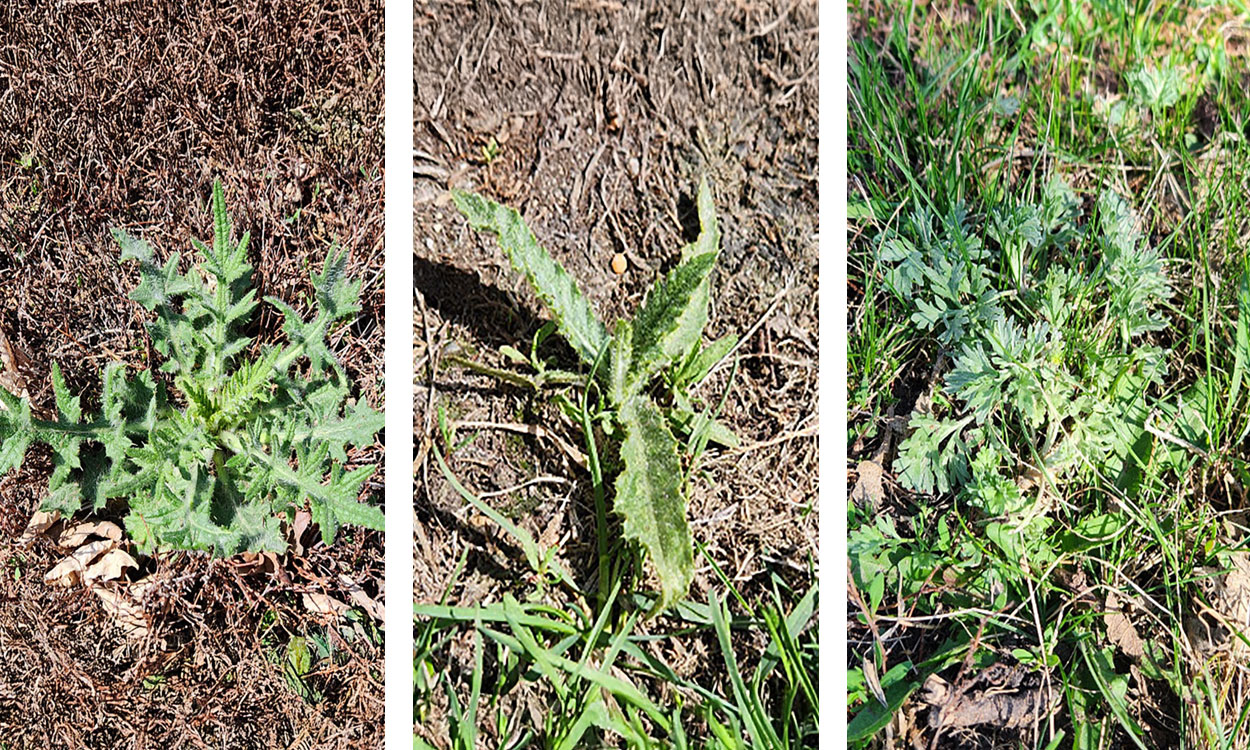
Noxious Weeds Have Germinated in East River South Dakota
Seasonal conditions have been favorable for weed germination, including biennial thistle, Canada thistle, and absinth wormwood. Learn some tips for scouting, identifying, and managing these noxious weeds before they become a problem.
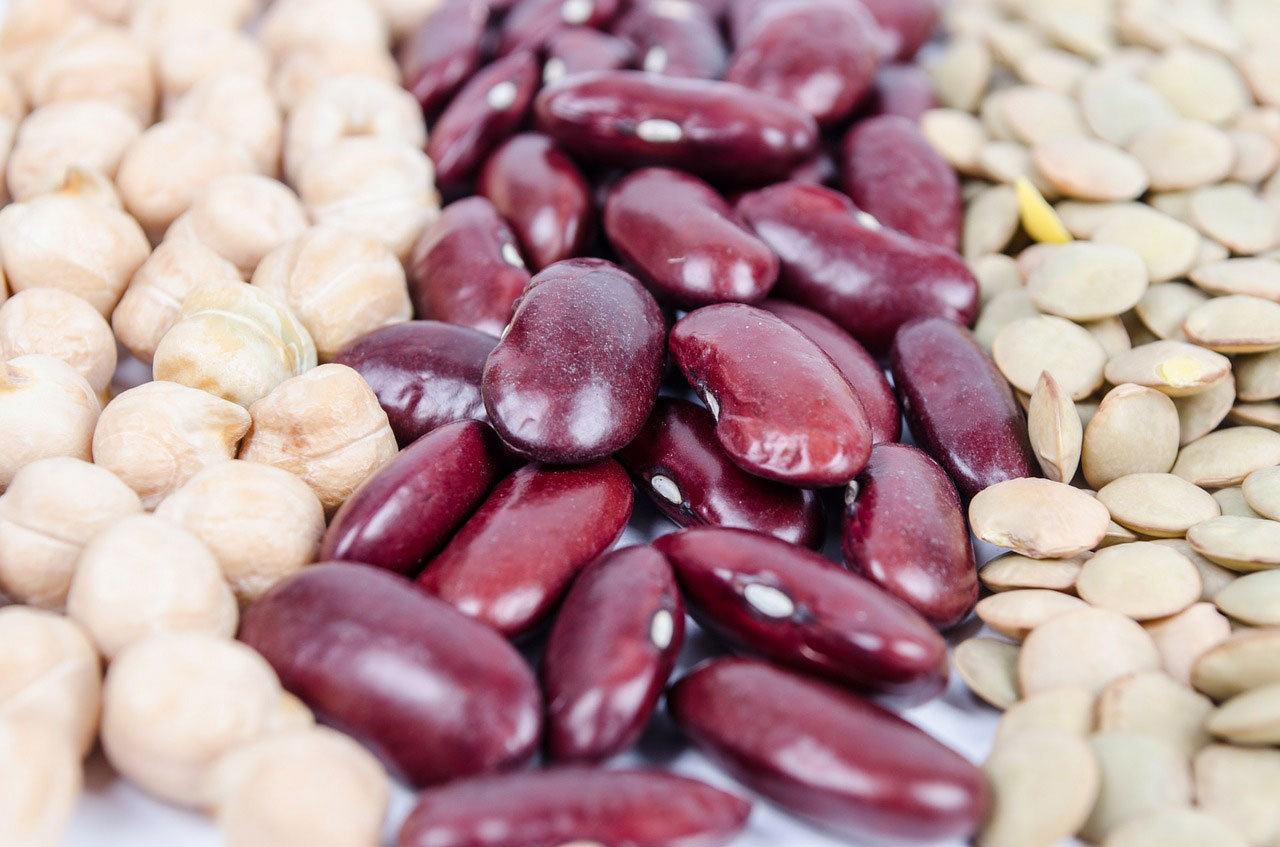
Healthy Bean Recipes for Eating on a Budget
Cookbook highlighting beans in both traditional and creative low-cost recipes.

Fire Blight
Fire blight is a disease that can infect apples, pears, and certain ornamental species including crabapples, cotoneaster, and mountain ash. Occasionally it may also appear on cherries, plums, Juneberry (also called Serviceberry or Saskatoon), and raspberry. This disease, caused by the bacteria Erwinia amylovora, can damage blossoms, fruit, leaves, shoots, and branches. If it is not controlled, fire blight may kill the entire tree or shrub. Infected tissue cannot be cured, but will need to be removed from the tree to prevent further spread.
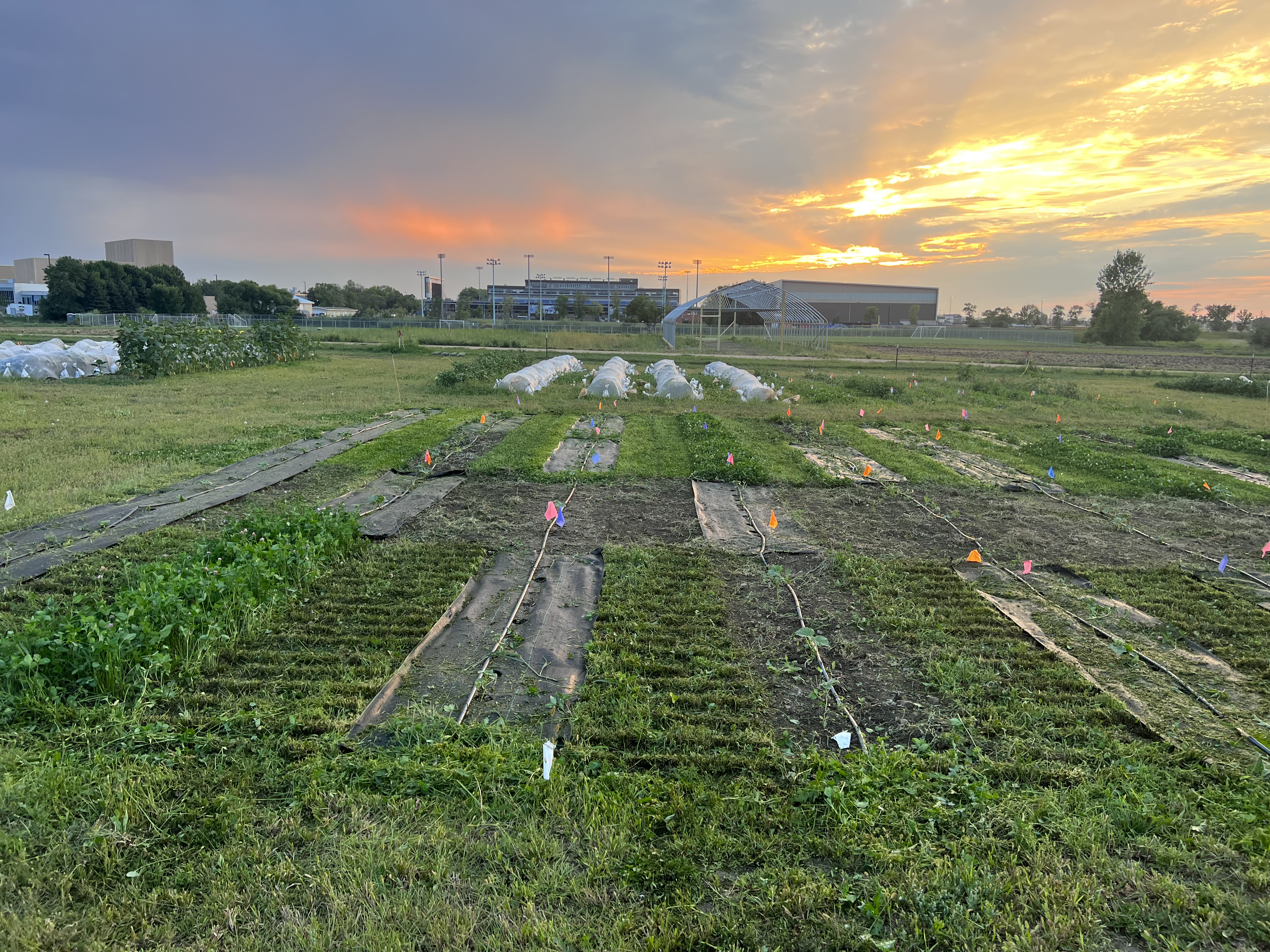
Broccolini Performance in Three Established Clover Living Mulches in Eastern South Dakota: Year Two Results
Research report determining the impact of three established clover species on weed suppression, crop growth, and broccolini yield in year two.